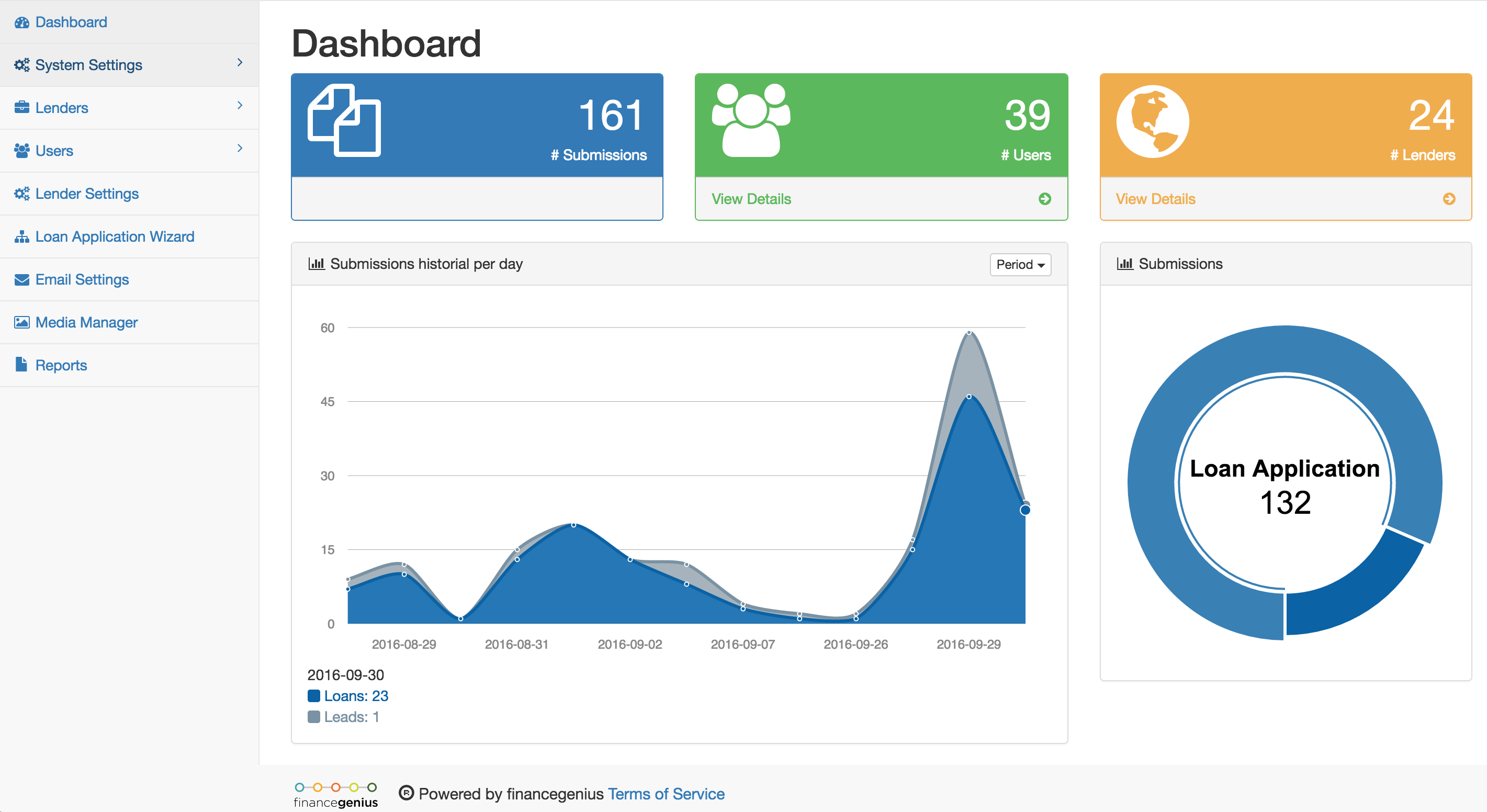PHP Documentation Generator
In an effort to better document FG LOS software, primarily for developers working directly with the code, I was tasked to find a PHP documentation generator that would work well for our codebase. We were mainly interested in ease of use, but were also keen on a solution that offered decent default styling.






